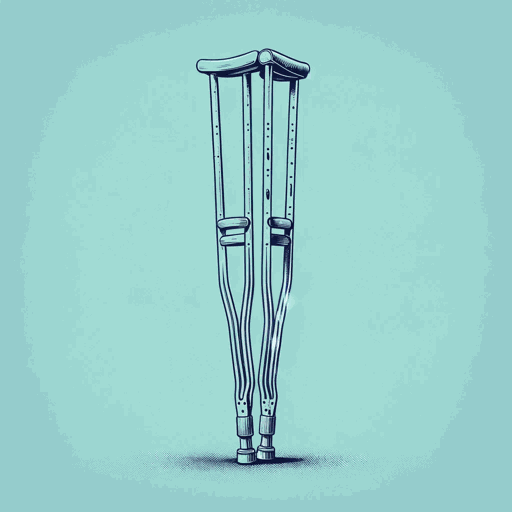35 pages • 1 hour read
James M. CainDouble Indemnity
Fiction | Novella | Adult | Published in 1936A modern alternative to SparkNotes and CliffsNotes, SuperSummary offers high-quality Study Guides with detailed chapter summaries and analysis of major themes, characters, and more.
Symbols & Motifs
Light and Darkness
Light and darkness are often used to convey ideas about purity and corruption. Cain relies on this stock motif to create a dramatic, moody atmosphere around Huff’s descent into duplicity. The scenes that explore Huff’s corruption always happen in the dark or with imagery of darkness, such as the “deep end” that Huff wants to jump into, the murder of Nirdlinger, and Huff’s panic attacks in his pitch-black bedroom. Darkness is a cover for crime and the resulting guilt. The “deep end” that Huff stares into when he begins his affair with Phyllis turns the dark into a deep void that threatens to swallow him. The “deep end” imagery foreshadows Huff’s suicide by drowning in pitch-black waters.
The light represents the good, honest path that Huff has lost. The scenes of light center on Lola, the innocent ingénue. Huff turns his lamp on and banishes the darkness when he realizes he loves Lola, the two of them watch a bright moon rise, and the bright moonlight is the last thing Huff thinks of before he dies. All light centers on Lola, who Huff cannot have but wants to protect.
Cain conflates Lola with light and the life Huff has left behind to emphasize Huff’s corruption and inability to return to a normal life.
Related Titles
By James M. Cain



